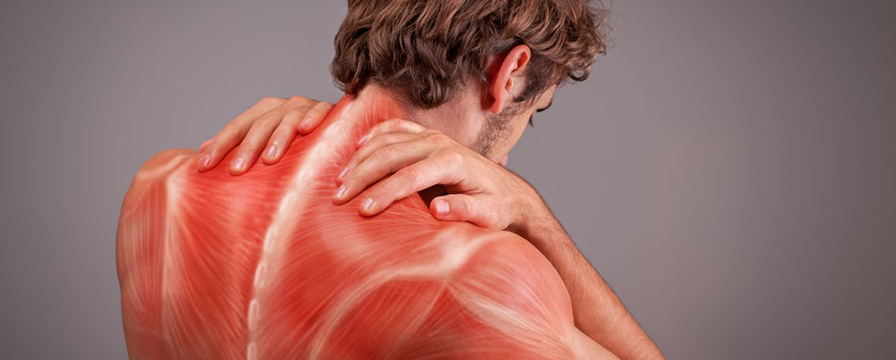Muscle spasms most often occur in striated (skeletal) muscles. A spasm begins suddenly, is painful, and usually short-lived. Gentle stretching can help relieve the pain. They are most commonly seen in the calf and foot muscles.
What is a muscle spasm?
A muscle spasm is an involuntary muscle contraction caused by sudden and intense nerve signals. It typically occurs due to sudden movements without proper warm-up or a lack of essential vitamins and minerals. For muscles to function properly, adequate amounts of protein, magnesium, and other nutrients are needed.
While spasms most often affect the calves and thighs, they can also occur in the hands, lower back, and abdomen. These spasms are especially common during sleep or sudden movements, often causing intense pain. Though generally not dangerous, they can temporarily impair the affected muscle’s function.
Types of Muscle Spasms:
Skeletal muscle spasms
Smooth muscle spasms
Dystonic spasms
Neurological spasms
Cramp-type spasms
Skeletal muscle spasms are common among athletes, those doing heavy physical work, or people who are dehydrated. They often occur in the legs, calves, and thighs. The main causes include electrolyte imbalance, overuse of muscles, and poor circulation.
Smooth muscle spasms occur in the muscles of internal organs — e.g., gastrointestinal cramps, urinary tract spasms, and menstrual cramps. These are often linked to digestive issues, infections, or stress.
Dystonic spasms are caused by nerve system dysfunction. They typically affect the neck, face, or hands and may be long-lasting and involuntary. In some cases, they are symptoms of neurological disorders.
Neurological spasms can result from conditions like Parkinson’s disease, multiple sclerosis, or nerve damage. These spasms may occur repeatedly and for unclear reasons.
Cramp-type spasms often occur at night or after prolonged inactivity. They appear suddenly and are very intense, mainly in the calf and foot muscles, and while short-lived, they can be quite painful.
Possible Causes of Muscle Spasms:
Poor local blood circulation
Overuse of muscles
Excessive physical activity in hot weather
Muscle fatigue
Dehydration
Magnesium or potassium deficiency
Spinal injuries
Some medications can also cause spasms as side effects, including furosemide, donepezil, nifedipine, raloxifene, and fluvastatin.
To prevent such spasms, it's essential to consume foods rich in vitamins, magnesium, and calcium, stay well-hydrated, and stretch properly before exercise.
In many cases, spasms resolve quickly without medical intervention. However, if they occur frequently or without clear cause, you should consult a doctor.
Risk Factors and Triggers:
Overuse of muscles
Fluid deficiency
Long periods of immobility
Nervous system issues
Impaired blood flow, especially during exercise when muscles may not receive enough oxygen
Nerve compression, especially in the spine, can trigger painful spasms in the legs or other muscle groups
Mineral deficiencies (potassium, calcium, magnesium, sodium) — common in those with poor diets or on certain medications
Dehydration, especially in hot weather or during intense activity
Obesity and metabolic disorders like diabetes, kidney issues, and thyroid conditions
Neurological diseases (e.g., multiple sclerosis, spinal issues)
Aging — muscle mass decreases and elasticity is reduced, leading to more frequent spasms
Prevention:
Eat a balanced diet, drink plenty of water, stay physically active, and avoid prolonged inactivity. If spasms occur regularly, professional consultation is advised.
Home Treatment and Care for Muscle Spasms
You can often manage muscle spasms at home with natural remedies. These sudden contractions can be painful, but the following methods may offer relief:
Massage and gentle stretching
Hot or cold compresses
Fluid and electrolyte intake
Rest and stress reduction
Regular physical activity
If muscle spasms are frequent or persistent, it’s important to see a doctor. Sağlam Ailə Medical Center is here to support you and help restore your health.
